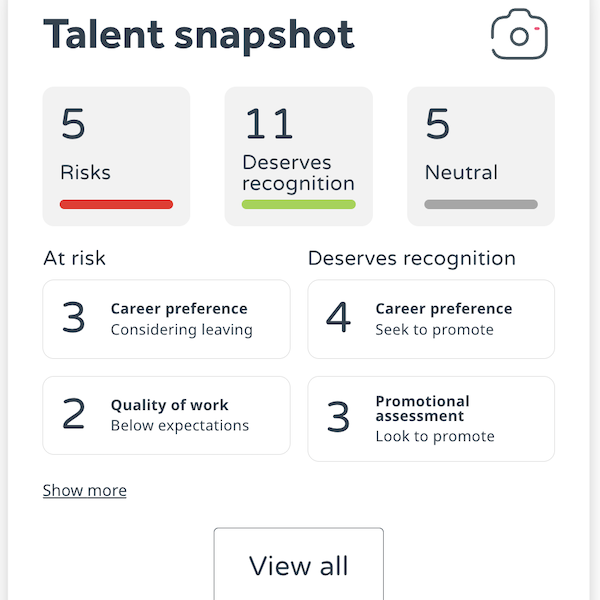So you already tried free yoga sessions, a pool table in the kitchen, discount health club, pilates in the lunchbreak and wacky colour schemes in the relaxation zone, and you’re still asking about the best employee retention strategy? Well, you’re not alone.
By itself, a pool table is just a pool table, not a guarantee of improved staff retention. Likewise the yoga and all the other incentives – they can add to staff satisfaction but never create it. Unless the staff want to be there, they’ll go somewhere else, and they can always play pool in the bar.
So what makes people want to be with you? Here are some clues, and some golden rules for keeping a motivated and engaged team.
1: clear communications, shared expectations
You want your people to be able to lock on to a task, see clearly what needs to be done and feel interested in doing it. This means clear, unambiguous communications that set up a solid picture of the job that is fully shared by everyone involved. This way everyone has the same expectations, from employee to manager to customer, and there are no unpleasant surprises, just a feeling of certainty. Now we know what we’re doing and we all have the same picture – but can we do it?
2: capability to do the job
Your team need the theoretical knowledge to do the job, and of course the practical skills. They may have these on paper, but things change, new techniques and materials come in, markets shift. How do you know if their capability is under strain? Then there’s resourcing – the machine, money, time and people needed to make it happen on time and in a way that meets everyone’s expectations – how do you know how much of the time it is as it should be? Where are the gaps and who needs to do what about them?
So far so good, but there’s something else: motivation. People have to want to be there. That sounds like a tall order, getting people to want to be at work, but we can divide this problem in two and make it simpler at the same time:
3: do they feel part of a group?
We, that’s you, me and everyone else we know, are members of a social species. We got where we are today by getting into groups and co-operating to solve our problems and make things happen. We do this naturally, in the wild, but in the workplaces it doesn’t always happen. So you need your people to feel part of a functioning social group. Is that the case? If so, check out:
4: what else is getting in the way?
Even when everything else is right there are still things that can cause havoc… We don’t even think about how secure we feel most of the time, or how much of the time we’re worrying about forthcoming events, but these factors and others consume our brainpower without our even noticing them, reducing intelligence and setting us up to make mistakes. Unless you know where your staff are on this, they will be suffering and so will your productivity.
The good news
Get these four areas of working life right and you’ll have a group of people who know what they’re doing, are able to do it, and want to be there and feel confident about the whole enterprise. That is as good as it gets, it’s a sustainably good place to be and the staff will want to stay in that environment. You can achieve this without buying any pool tables at all – in fact you can get a taste of how to make this happen free of charge with WeThrive, right now. Try it now, and find out what needs to be done to make employee retention an ex-issue at your workplace..
(no pool tables were harmed in the writing of this blog)


